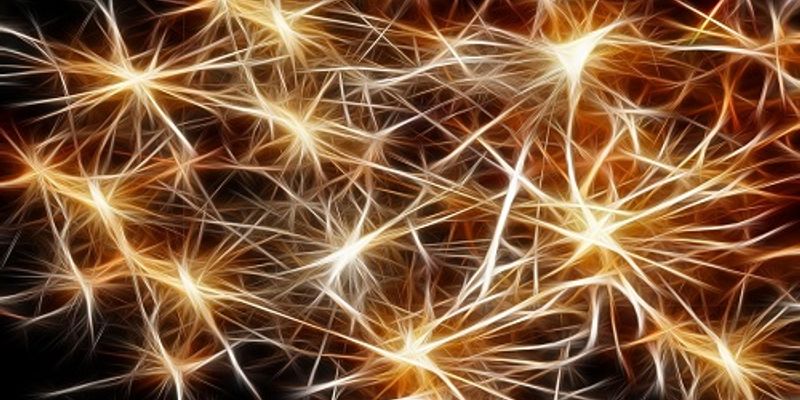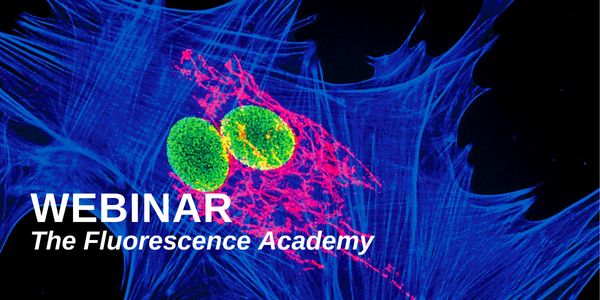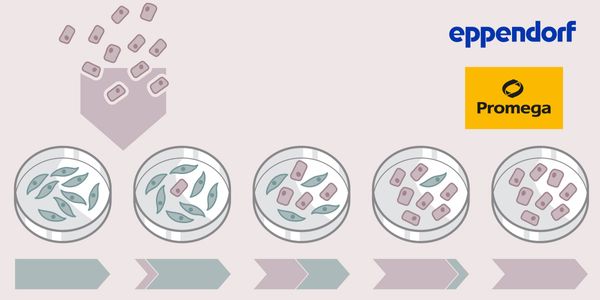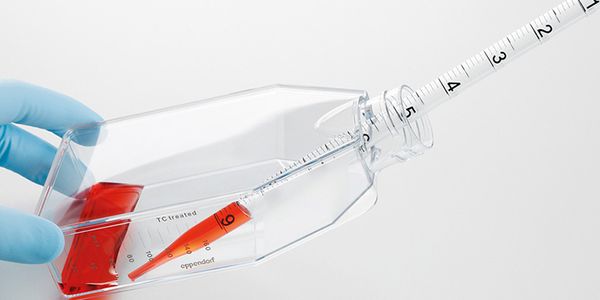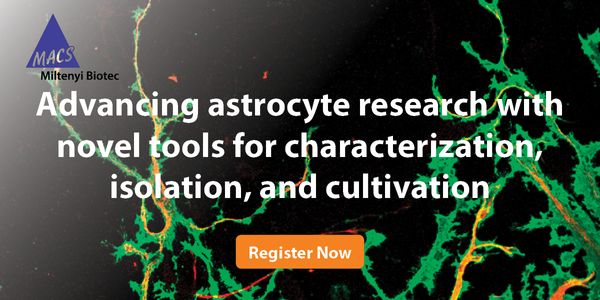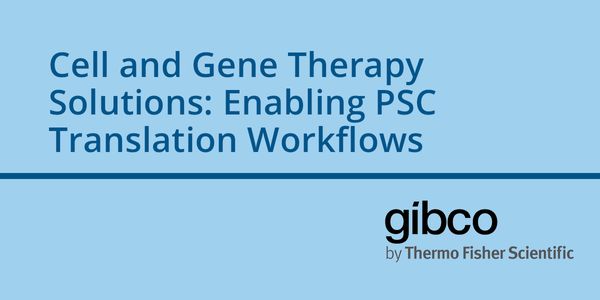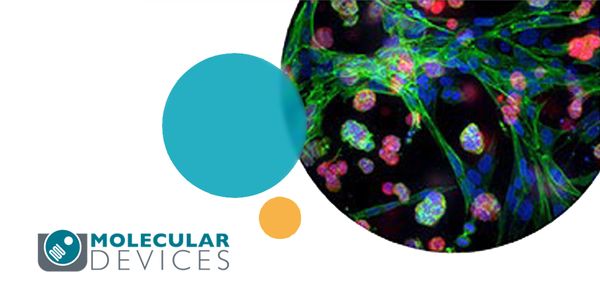Astrocytes: There are two main types of astrocytes. The first of them is known as the fibrous astrocyte. Fibrous astrocytes are astrocytes that are mainly found in the white matter of the nervous system. However, some can be found in the gray matter, such as in the thalamus of people. The second major kind is the protoplasmic astrocyte. Protoplasmic astrocytes are mainly found in the gray matter of the nervous system. Astrocytes have numerous functions. If our central nervous system were a city, then some astrocytes work in the public water department. That's because that department is responsible for ensuring that water gets to its citizens in an appropriate manner through the pipes. Well, the central nervous system has pipes of its own, blood vessels, and the astrocytes help regulate the flow of blood through these vessels.
-
AUG 01, 2023 | 10:00 PM
C.E. CREDITS
Stem cells have the capability to develop into any specialized cell type, which makes them a valuable resource in research and regenerative medicine. Differentiated stem cell models provide...
JUL 26, 2023 | 1:50 PM
C.E. CREDITS
The use of adeno-associated viruses (AAV) as gene delivery vectors has vast potential for the treatment of many severe human diseases. A small group of intensively studied AAV capsids have b...
Date: February 15, 2023 Time: 7:00am (PST), 10:00pm (EST), 4:00pm (CET) While not all microscopy samples can fluoresce, all can scatter light, and this scattered light can be imaged. This ha...
Date: July 14, 2022 Time: 8:00am (PDT), 11:00am (EDT), 5:00pm (CEST) Sensory perception is modulated in a top-down fashion by higher brain regions to regulate behavioral responses. In olfact...
In this preliminary experiment, we used spatial transcriptomics to assess the gene expression profiles of microglia or astrocytes in relation to their distance from plaques. We compared 18-m...
Date: June 9, 2021 Time: 09 June 2021, 7am PDT, 10am EDT, 4pm CEST cells with dramatic implications on the validity of past cell culture related research. The fact that at least 509 cell lin...
Traumatic brain injury (TBI) is best characterized as brain dysfunction caused by an outside force, usually a violent blow to the head, often occurring as a result of a severe sports injury...
DATE: October 8, 2020 TIME: 7:00am PDT, 10:00am EDT, 4:00pm CEST How often do you pipette in your cell culture lab every day? Usually, we do it so often that we tend stop thinking about ho...
In the adult mammalian hippocampus, neurogenesis (in which new neurons are generated and integrated into the CNS) is believed to underlie learning and memory. Within the hippocampus, numerou...
DATE: December 4, 2019TIME: 7:00am PST, 10:00am EST, 4:00pm CET Do you know how it feels when you just quickly want to redo an experiment that your colleague did, or an experim...
DATE: November 18, 2019TIME: 7:00am PST, 11:00am EST, 4:00pm CEWT How often do you pipette in your cell culture lab every day? Usually, we do it so often that we tend stop th...
DATE: September 5, 2019TIME: 12:00pm PDTAstrocytes are a major cell type in the mammalian CNS. They are involved in a number of essential processes such as synapse formation and functio...
DATE: June 5, 2019TIME: 8:00am PDT, 11:00am EDT, 5:00pm CEST Eukaryotic cell cultures respond to the most subtle influence. Apart from the risk of contamination, minimal chan...
DATE: May 16, 2019TIME: 7:00am PDT, 10:00am EDT, 4:00pm CEST The emergence of NGS is revolutionizing the microbiological sciences and transforming medicine. Deep sequencing has...
DATE: February 27, 2019TIME: 8:00am PST Pluripotent stem cells (PSCs) can form any tissue or cell in the body, and are the ideal starting material to manufacture...
DATE: December 6, 2018TIME: 9:00am PST, 12:00pm EST Induced pluripotent stem cells (iPSC) intended for translational applications need to be of...
DATE: April 17, 2018TIME: 8:00AM PST, 11:00AM ESTRecently, much research has focused on obtaining 3D brain organoids in an attempt to better recapitulate brain development and function...
Exosomes are nano-scale lipid membrane-enclosed extracellular vesicles that form in the cellular endosomal system but are released outside the cell. These virus-sized “fat balls”...
